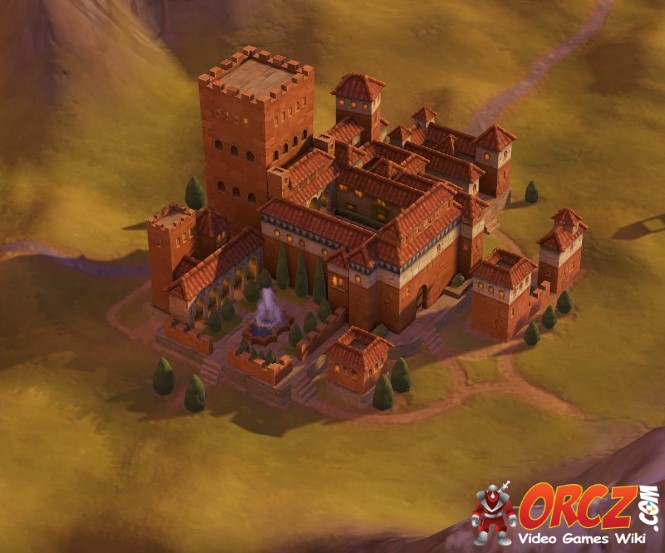

Later on, you can also use an Aqueduct District to pull nearby water to a city to greatly improve housing issues. This district can give up to a +6 bonus to housing depending on where the tile is placed.īuilding an aqueduct early on is another common strategy for addressing housing issues. Over time, building farms, camps, and pastures will also have a major impact.Īfter Urbanization, housing will become less of an issue thanks to the Neighborhood district. To address the problem early on, having access to water for your cities in the early game is vital. Their value could line in a possible strategic bonus, like providing a chokepoint. Gray tiles are usable but don’t give any housing bonuses. They’ll give a city a +1 housing if used. One issue is that the best options for addressing housing shortages only appear later in the game. Dark green tiles are the best since they have access to fresh water and will give a city a +3 housing bonus. There are actually a lot of ways to create housing. To avoid these issues, you’ll need to raise that cap or enjoy stalled growth forever. Once you hit that cap, your population growth slows and other negative penalties begin to apply. This serves as a soft cap on your maximum population.
#CIV 6 WIKI HOUSING HOW TO#
How to Get More Housing Civ 6 GuideĮvery city you control has a housing limit. Dive into our How to Get More Housing Civ 6 Guide. Without that population, you won’t be able to achieve your other goals for your nation.


If you are lacking the right amount of residential areas, you won’t draw enough people to your cities. Housing plays a critical part of Civ 6, since it is what allows your civilization to grow.


 0 kommentar(er)
0 kommentar(er)
